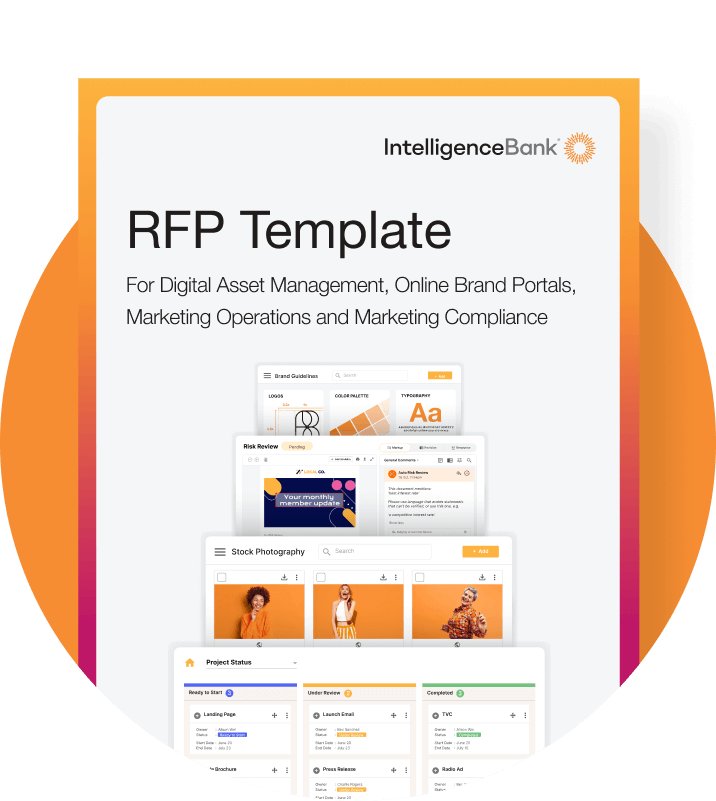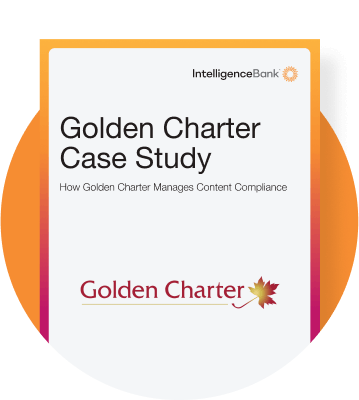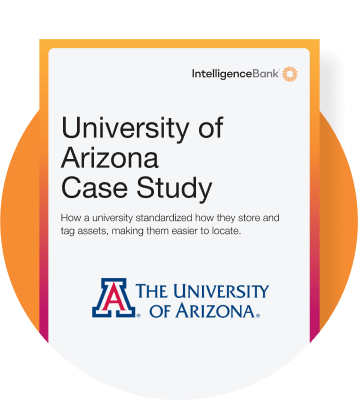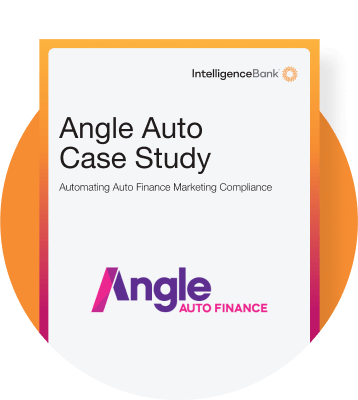Digital content is easy to share — but that doesn’t always mean it should be shared. If talent or IP contracts have expired, sharing and airing unlicensed content leads to trouble. Given the reservoirs of content marketers manage, the best way to police usage is via Digital rights management software? Digital rights management (DRM) is a technology that protects copyrighted digital content from unauthorized access, use, and distribution. It is an extension of digital asset management (DAM) systems that organize and safeguard digital assets on a broader level.
Here, we explore DRM, practical applications, and how intelligent content operations software supports organizations in protecting IP and content distribution.
What's the Purpose of DRM?
These systems help organizations maintain control over how users interact with digital media through a practical and legal lens. It allows content creators and distributors to implement digital limitations that protect content from duplication through encryption, licensing agreements, and access controls.
In a time of widespread file-sharing and dissemination, DRM shields businesses against multiple types of digital misuse. This tech monitors asset usage and identifies where, how, and why violators illegitimately access content. Digital rights management is often baked into DAM platforms, adding an extra layer of security to high-volume content operations. Combined, these systems allow:
- Self-service access: Provide easy, permission-based access to assets for internal teams and approved external partners while keeping confidential information or licensed content under lock.
- Marketing automation and workflow efficiency: Automate how assets get distributed, updated, and expired across campaigns and platforms. These workflow gains protect your content, accelerating a campaign’s time to market and cutting content compliance bottlenecks.
- Rights management and licensing: Keep tabs on usage rights, contract terms, and licensing windows for every asset in your DAM and set automatic reminders when licenses and rights agreements are due for review or renewal.
Legal framework and compliance
A DRM framework not only makes you a good corporate citizen, it keeps you on the right side of copyright law and data protection standards. Circumventing DRM protection can land brands in tricky and expensive legal situations, fines, content removals and bad PR. Ultimately, a DAM with integrated DRM tools helps you track who’s using what, where, and whether it’s allowed to help avoid the consequences of unauthorized use.
The Growing Importance of Digital Rights Management Software
As digital content continues to dominate marketing and corporate communications, the need for robust Digital Rights Management software (DRM) has never been greater. Unauthorized sharing, piracy, and misuse of digital assets can lead to significant financial losses, legal consequences, and reputational damage. A well-implemented Digital Rights Management software solution not only safeguards intellectual property but also ensures compliance with licensing agreements, industry regulations, and internal governance policies.
In fact with the rise of remote work and global digital collaboration, controlling access to sensitive content has become increasingly complex. Digital Rights Management software provides a structured approach to securing files, videos, music, voice overs, e-books, and proprietary data by enforcing strict access controls, encryption, and usage restrictions.
For example, marketing teams handling high-value campaign assets, such as unreleased product images or promotional videos, can use Digital Rights Management software to:
- Prevent unauthorized redistribution by restricting downloads or sharing.
- Enforce geo-blocking to comply with regional licensing agreements.
- Automate license expirations to ensure outdated content isn’t mistakenly used.
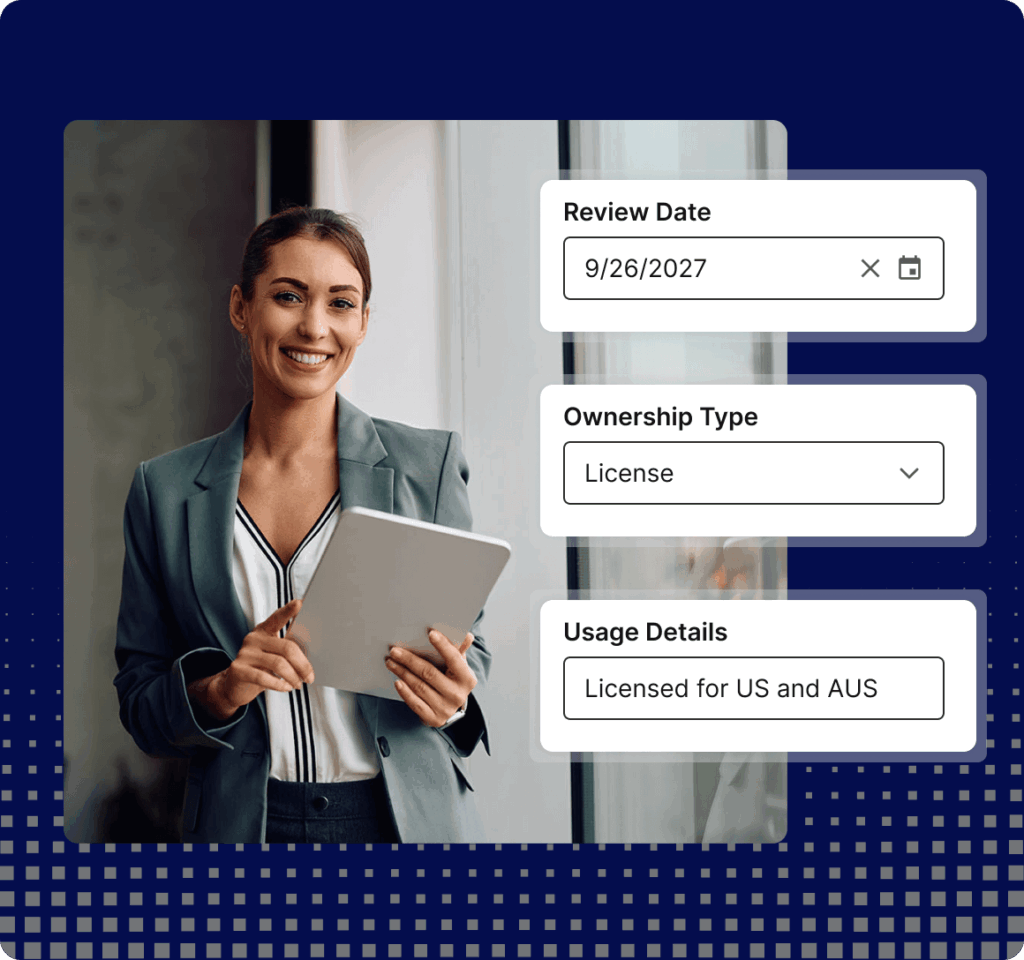
Tech in the DRM Space
Several key trends and technologies are coming out of the digital rights management space. One central emergence is artificial intelligence (AI) and automation. This helps teams keep a watchful eye on the legitimacy of protected copy usage. But there are also several other trends, including:
- Encryption: Complex algorithms scramble digital content into unreadable formats (both in transit and at rest), to prevent unauthorized copying, tampering, and distribution. To decipher the decryption content, users need an access key.
- Asset expiry: After a specified date or event, images, videos, and other files automatically “lock.” This means unauthorized users cannot access the content inside. This is great for sensitive or seasonal assets and licensed material with hard expiry terms.
- Digital watermarks: These invisible or visible markers are embedded into assets to trace the content owner and usage. If an incident of unauthorized use occurs, you can track it directly to the source.
At the end of the day, DRM frameworks add an extra sheath of protection and governance. It assists organizations within larger digital ecosystems in managing the legal frameworks surrounding content usage.
Practical Considerations for Implementing a DRM System
DRMs are used across diverse industries and for many different reasons. Whether you want to protect intellectual property rights or reinforce digitization and monetization strategies, DRM helps you safeguard assets and maintain marketing compliance with confidence and control. But before integrating this tech into your operations, it’s worth stepping back and considering how DRM fits into your day-to-day workflows.
This section breaks down where it matters most, what to weigh up, and how to pick a tool that aligns with broader goals.
Common use cases
- Corporate and marketing assets: Companies use DRM to control who can see, edit, or share sensitive brand assets and documents. It helps restrict access to embargoed content and auto-expire outdated assets before they appear in someone’s campaign.
- Digital media and entertainment: The media industry is one of the core use cases for DRM. Streaming platforms like Netflix or Spotify use it to prevent films, series, music, and podcasts from being pirated, redistributed, or streamed outside of licensed regions. They use tools like geographic blocks and usage restrictions to protect digital rights.
- Publishing and eLearning platforms: DRMs help a digital learning content provider manage book and course access. This prevents downloads and unauthorized distribution of paid or proprietary content, but can also block copy/paste actions and screen captures.
What are the pros of DRM?
In a nutshell, DRM helps organizations achieve regulatory peace of mind by simplifying the workflows and governance required to comply with legal, industry, and business regulations. Digital rights management frameworks protect proprietary content and designs from theft or misuse. They help manage licensing controls, trace content interactions, and notify compliance teams about expiries so brands can ensure their content operations stay within legal lines.
What are the limitations of DRM?
DRM tools come with upfront costs. While this might feel like a big step for some, it’s essential to consider the ROI of investing from a legal, operational, and financial perspective. Rolling out DRM across a busy content operation can introduce technical and procedural challenges, so consider opting for a DRM system that integrates into your stack. Finally, while DRM facilitates teams in keeping ahead of compliance, it doesn’t guarantee it. DRM simplifies workflows and reduces a ton of manual labor. However, teams must still apply human expertise and diligence to maximize control over their marketing compliance.
Take Control of Your Digital Rights Management
Digital rights management is a practical, operational advantage for brands managing high volumes of digital content. The right DRM system helps you protect assets and stay ahead of compliance demands. Integrating these tools into your tech stack allows you to streamline workflows and cut content bottlenecks, bringing campaigns to market faster and more confidently.
DRM tools, makes it easier to manage content rights, automate risk reviews, and control asset access in one secure, scalable platform. From license tracking to content risk detection, it’s a clean and efficient way to protect your IP and tighten content operations, plus, it can integrate seamlessly into your existing tech.
If you’re seeking better control over your digital assets, get in touch with our team.

